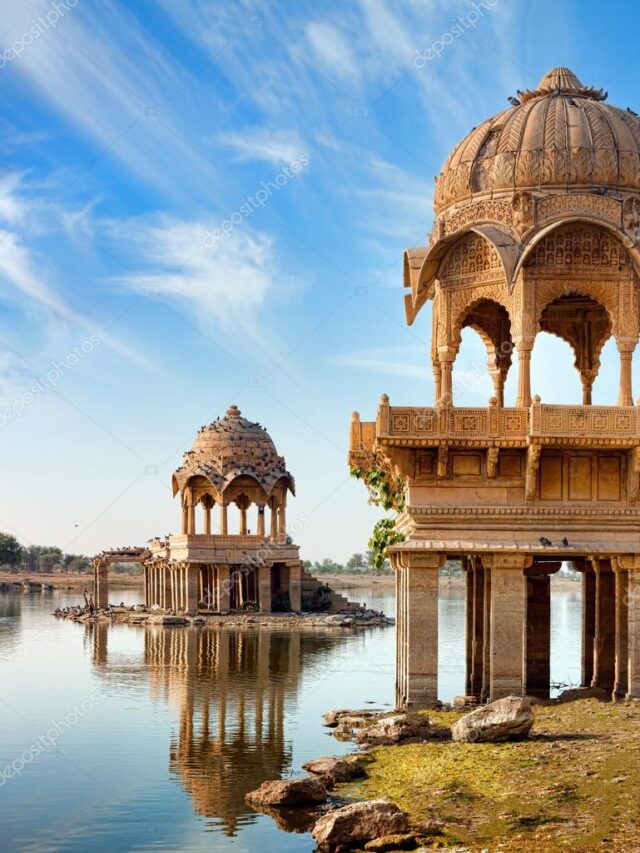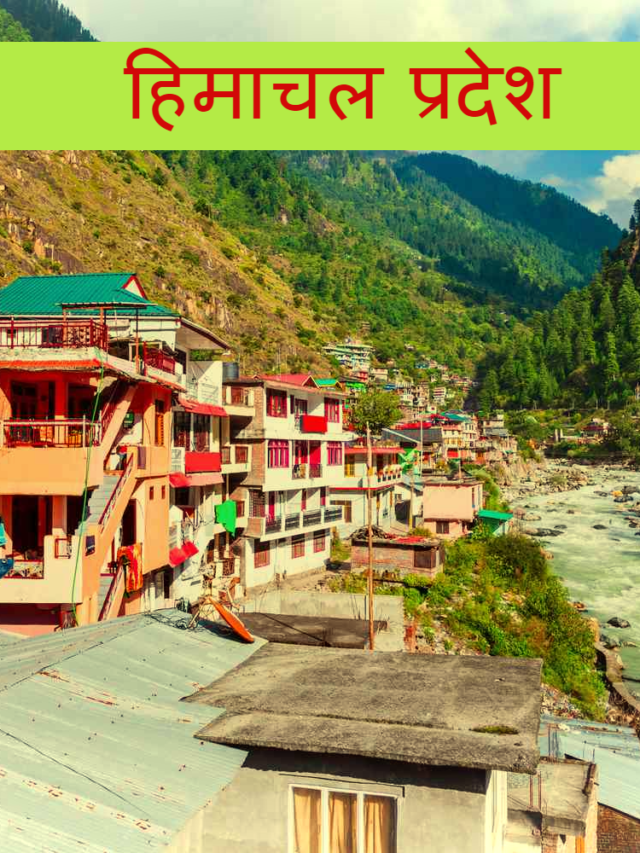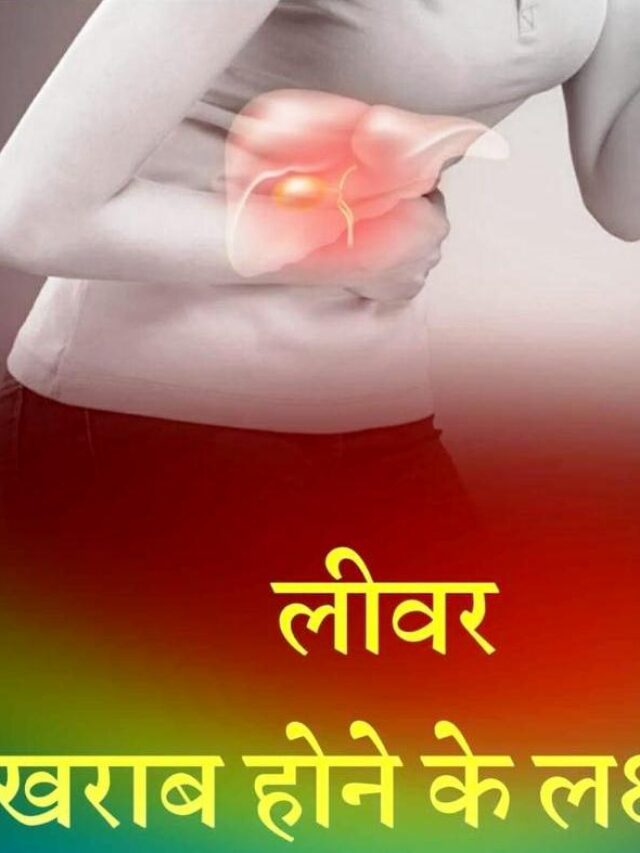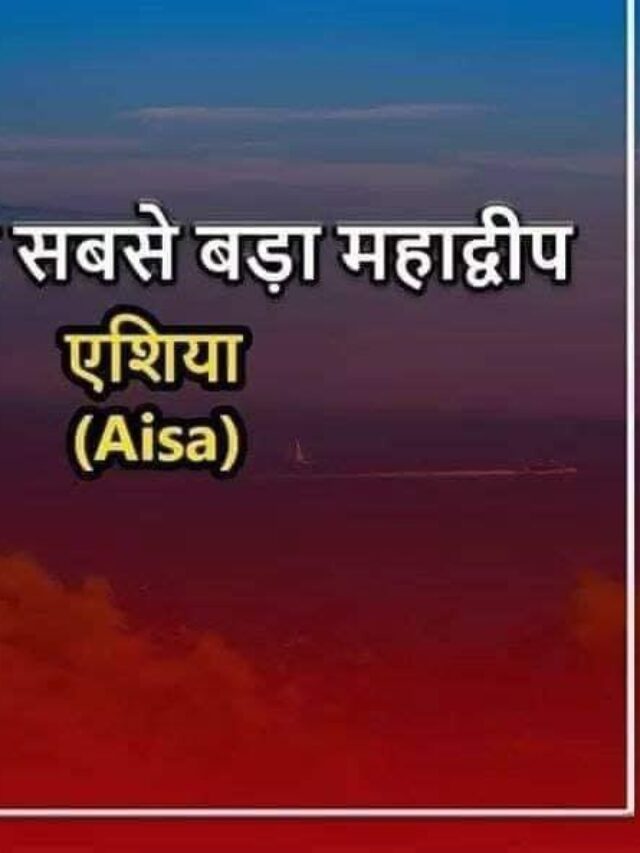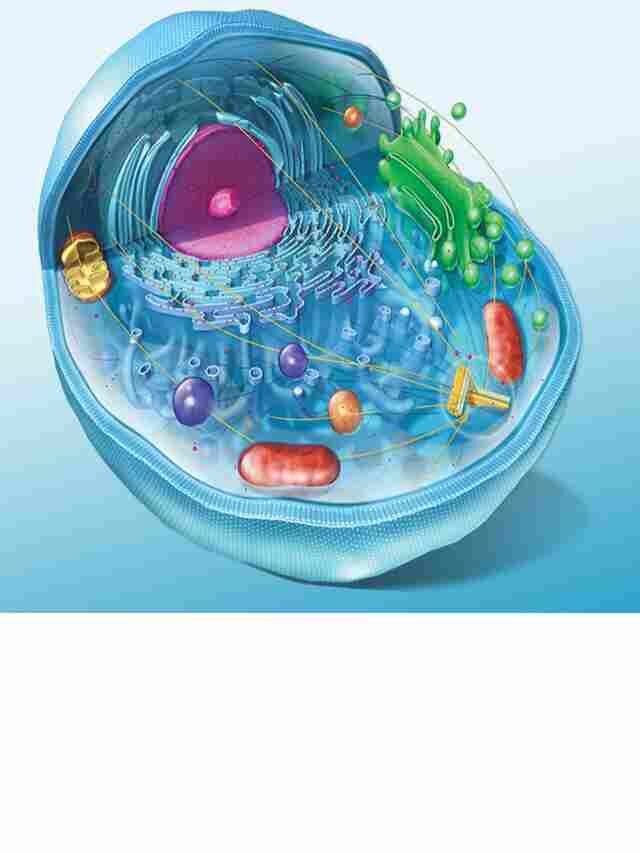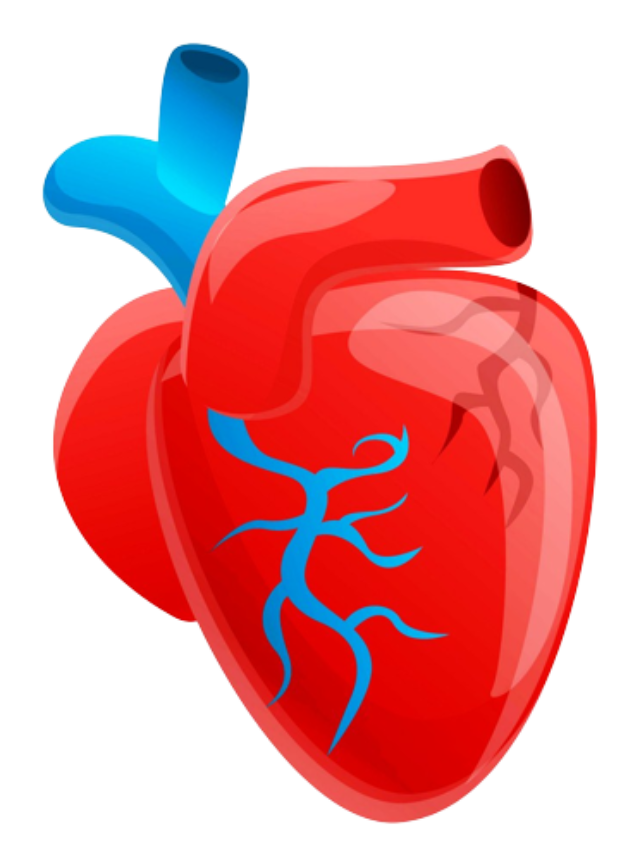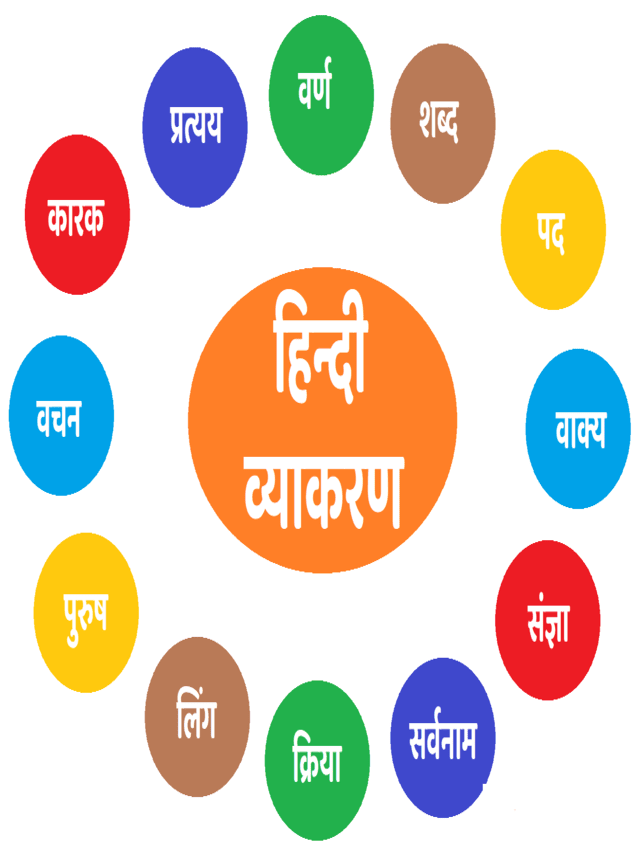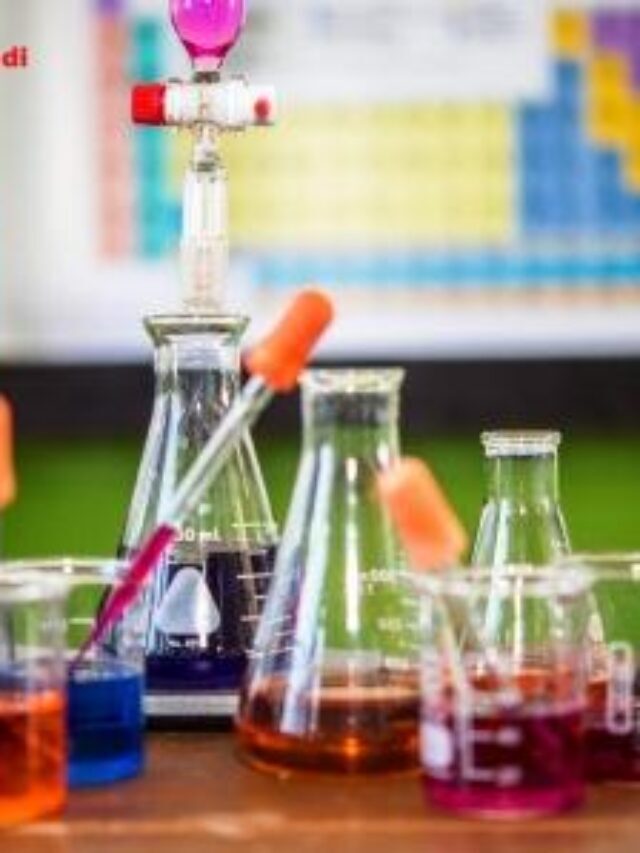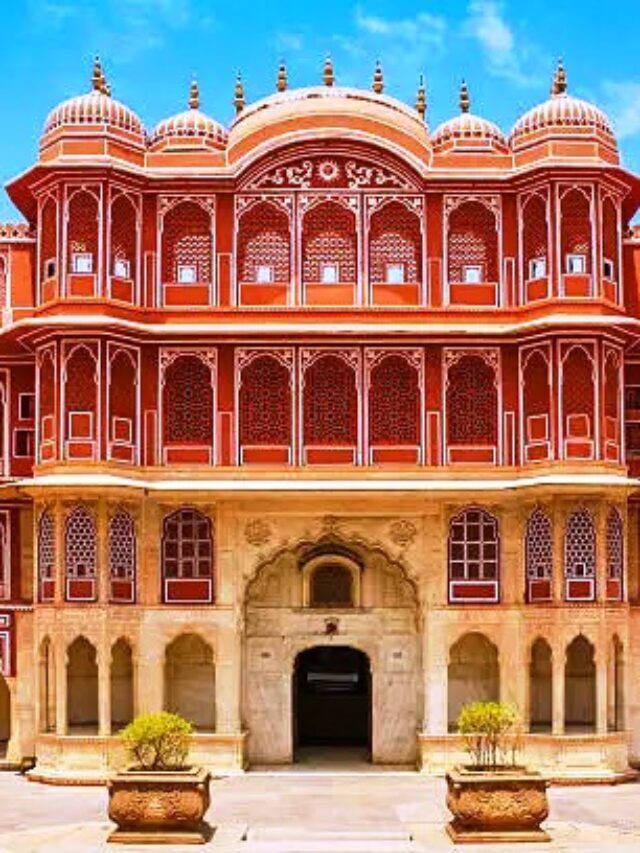तत्व व तत्वों के गुण
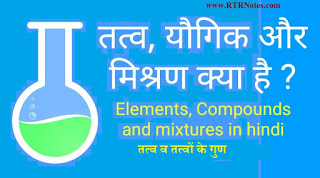
मानव शरीर में विभिन्न तत्वों कि औसत मात्रा निम्नवत है:-
| ऑक्सीजन | 65 प्रतिशत |
| कार्बन | 18 प्रतिशत |
| हाइड्रोजन | 10 प्रतिशत |
| नाइट्रोजन | 3 प्रतिशत |
| कैल्शियम | 2 प्रतिशत |
| फास्फोरस | 1 प्रतिशत |
| पोटैशियम | .35 प्रतिशत |
| सल्फर | .25 प्रतिशत |
| सोडियम | .15 प्रतिशत |
| क्लोरीन | .15 प्रतिशत |
| मैग्नीशियम | .05 प्रतिशत |
| लोहा | .4 प्रतिशत |
| अन्य | .46 प्रतिशत |
भूपर्पटी पर पायें जाने वाले तत्वों का प्रतिशत निम्न है –
| ऑक्सीजन | 49.9 प्रतिशत |
| सिलिकॉन | 26 प्रतिशत |
| एल्युमिनियम | 7.3 प्रतिशत |
| लोहा | 4.1 प्रतिशत |
| कैल्शियम | 3.2 प्रतिशत |
| सोडियम | 2.3 प्रतिशत |
| पोटेशियम | 2.3 प्रतिशत |
| मैग्नीशियम | 2.1 प्रतिशत |
| अन्य तत्व | 2.8 प्रतिशत |
यौगिक तत्व आपस में निश्चित अनुपात में मिलकर यौगिक का निर्माण करते है | दुसरे शब्दों में कहा जाए तो भिन्न प्रकार के परमाणुओं के एक निश्चित अनुपात में संयोजन से बने शुद्ध पदार्थ को यौगिक कहते है | जैसे पानी हाइड्रोजन के 2:1 के अनुपात में मिलने से बनता है | यौगिक दो प्रकार का होता है –
- कार्बनिक यौगिक – कार्बन हैड्रोजन के व्युत्पन्न इस श्रेणी में आते है |
- अकार्बनिक यौगिक – हाइड्रोकार्बन को छोडकर शेष सभी यौगिक इसके अंतर्गत आते है |
तत्वों के विशिष्ट गुण
नमीकरण – कुछ यौगिक जब वायुमंडल में खुले में रख दिए जाते है तो वे नमी को अवशोषित कर लेते है यह गुण नमीकरण कहलाता है |
- साधारण नमक – इसमें यह गुण नहीं पाया जाता है | परन्तु मैग्नीशियम क्लोराइड कि अशुद्ध के कारण यह नम हो जाता है |
- प्रस्फटन – कुछ कृष्टलीय पदार्थ अनपे कृष्टलीय जल को वायुमंडल में निकाल कर चूर्ण रूप में परिवर्तित हो जाते है जैसे फेरस सल्फेट, सोडियम कार्बोनेट आदि |
- आधातवर्धनीयता – कुछ ठोस पदार्थ पीटने पर टूटने के स्थान पर पतली चादरों के रूप में परिवर्तित हो जाते है | ठोसों में इस गुण को आधातवर्धनीयत कहते है | जैसे – सोना, चांदी, ताँबा आदि| सोना सबसे अधिक आधातवर्धनीय धातु है |
- आद्रताग्राही – पदार्थो में वायुमंडल कि नमी को ग्रहण करने कि क्षमता को कहते है | पदार्थों के इस गुण को हैग्रोस्कोपी कहते है |
तन्यता – कुछ पदार्थों में ऐसे गुण पाए जाते है जिनके पतले तार बनाये जा सकते है पदार्थ के इस गुण को तन्यता कहते है |
लचीलापन – पदार्थों के वे गुण जिसके द्वारा वे लगाये गये विरुपक बल का विरोध कर पुन: अपनी स्वाभाविक अवस्था को प्राप्त कर लेते है | लचीलापन कहलाता है |
कोमलता – पदार्थो का वह गुण जिसके कारण पदार्थ पुन: अपनी स्वाभाविक अवस्था में नहीं आ पाते कोमलता कहलाता है |
भंगुरता – कुछ ठोस पदार्थ को हथौड़े से पीटने पर छोटे छोटे टुकड़ों में परिवर्तित हो जाते है | इस गुण को भंगुरता कहते है |
कठोरता – विभिन्न पदार्थ एक दुसरे कि तुलना में कम या अधिक कठोर होते है | कठोरता कि माप मोह स्केल द्वारा कि जाती है | मोह स्केल पर इसकी माप 10 है |
मिश्रण – दो या दो से अधिक यौगिकों या तत्वों सी अनिश्चित अनुपात में मिलाने पर प्राप्त द्रव्य को मिश्रण कहते है | यह दो प्रकार का होता है –
- समांगी मिश्रण – इसके प्रत्येक भाग से गुण व धर्म एक समान होते है | जैसे – नमक का जलीय विलयन |
- विषमांगी मिश्रण – इसमें प्रत्येक भाग में गुण व धर्म एवं संघटन भिन्न भिन्न होते है | जैसे – बारूद |
मिश्रणों को अलग करना
- क्रिस्टलन – इस विधि में अशुद्ध ठोस को या मिश्रण को उचित विलायक के साथ घोलकर छानने के पश्चात ठोस पदार्थ को अलग कर लिया जाता है |
- आसवन – जब मिश्रण में उपस्थित द्रवों के क्वथनांकों में अधिक अंतर होता तो उनके मिश्रण को आसवन विधि से पृथक करते है | आसवन से कम क्वथनांक वाला तत्व पहले वाष्पित होने लगता है | इसे संघनित करके अलग कर लिया जाता है |
. उर्ध्वपातन – ठोस पदार्थ को गर्म करने पर सामान्यत: वे द्रव अवस्था में और ऊष्मा देने पर वाष्प अवस्था में परिवर्तित हो जाते है परन्तु कुछ पदार्थ गर्म करने पर ठोस अवस्था से द्रव अवस्था में आये बिना ही गैस में परिवर्तित हो जाते है | ऐसे पदार्थ को उर्ध्वपातज तथा इस प्रकिया को उर्ध्वपातन कहते है | उर्ध्वपातन प्रकिया में दो ऐसे ठोस मिश्रणों को अलग किया जाता है जिसमे ठोस उर्ध्वपातज होता है तथा दूसरा नहीं | इसे गर्म करने पर उर्ध्वपातज ठोस सीधे वाष्प में परिवर्तित हो जाता है | इसको ठंडा करने पर दोनों को पृथक कर लेते है |
प्रभाजी आसवन – इसके द्वारा उन मिश्रित द्रवों को पृथक करते है जिनके क्वथनांको में बहुत कम अंतर होता है| भूगर्भ से निकाले गये खनिज तेल से पेट्रोल, डीजल मिटटी के तेल आदि इस विधि द्वारा पृथक किया जाता है |
वर्णलेखन – यदि किस मिश्रण के विभिन्न घटकों कि अधिशोधणा क्षमता भिन्न भिन्न होती है तथा वे किसी अधिशोषक पदार्थ में विभिन्न दूरियों पर अवशोषित होते है और वे अलग हो जाते है | जैसे- हरी सब्जियों से रंगीन द्रव्यों काअलग होना |
भाप आसवन – भाप आसवन के द्वारा ऐसे कार्बनिक पदार्थो का शुद्धिकरण किया जाता है जो जल में अघुलनशील परन्तु भाप के साथ वाष्पशील होते है |
Properties of elements and elements
The average amount of different elements in the human body is as follows: –
Oxygen
65 percent
Carbon
18 percent
Hydrogen
10 percent
Nitrogen
3 percent
Calcium
2 percent
Phosphorus
1 percent
Potassium
.35 percent
Sulfur
.25 percent
Sodium
.15 percent
Chlorine
.15 percent
Magnesium
.05 percent
iron
.4 percent
other
.46 percent
The percentage of elements found on the horizontal is low –
Oxygen
49.9 percent
Silicon
26 percent
Aluminum
7.3 percent
iron
4.1 percent
Calcium
3.2 percent
Sodium
2.3 percent
Potassium
2.3 percent
Magnesium
2.1 percent
Other elements
2.8 percent
The compound elements together form a compound in a fixed ratio. In other words, the pure substance made by combining in a certain proportion of different atoms is called compound. Like water is formed by hydrogen 2: 1 ratio. The compound is of two types –
1. Organic compounds – Derivatives of carbon hydrogen fall into this category.
2. Inorganic compounds – except for hydrocarbons, all the compounds come under it.
Specific properties of elements
Humidity – When some compounds are placed in the atmosphere in the open, they absorb moisture, this quality is called moisture.
1. General salt – this property is not found in it. But due to uncleanness of magnesium chloride, it becomes moist.
2. Spontaneity – Some pectinic substances are removed into unpredictable water in the atmosphere and converted into powdered form such as ferrous sulphate, sodium carbonate etc.
3. Measurability – Some solid substances are converted into thin sheets in place of the breaks on the batter. In the solids, this quality is called interdependence. Such as gold, silver, copper etc. Gold is the most impractical metal.
4. Humidorous – In the substance, the atmosphere is called the ability to absorb moisture. This property of substance is called hagroscopy.
Tensility – In some substances such properties are found whose thin wire can be made, this quality of the substance is called tensility.
Flexibility – The properties of substances by which they oppose the superficial force applied and regain their natural state again. Flexibility is called.
Tenderness – that quality of the substance that causes the substance to come back in its natural state is called softness.
Brittleness – Some solid substances are converted into small pieces on the hammering. This property is called brittleness.
Hardness – Different substances are less or more rigid than each other. Hardness is measured by measuring the scale. Its measurement on Moh Scale is 10.
Mixing – Mixing two or more compounds or elements in a precarious ratio is called a mixture of matter. It is of two types –
1. Samyangi mixture – Properties and religion are equal from each part of it. Like – aqueous solution of salt.
2. Heterogeneous mixture – In each part there is a variety of qualities and religion and organization. Like – gunpowder.
Separating the Blends
1. Crystalline – In this method the solids are separated after mixing the filtrate concrete or the mixture with the proper solvent.
2. Distillation – When there is more difference in the boiling point of the fluid present in the mixture, it separates the mixture from the distillation method. The element with low boiling point starts to evaporate from the distillation. It is condensed and is isolated.
. Upbreeding – On heating the solids, they usually become converted into vapor state when they are in the liquid state and heat, but after heating some substances, they become converted into gas without coming into the liquid state from the solid state. This substance is called perfume and this process is called stomach disinfection. In the distillation process, two such concrete mixes are separated, which contain solid perfumes and not the second. When it is heated, the extraction turns into concrete directly into the steam. After cooling it, they separate the two.
Prophylaxis Distillation – It separates those mixed fluids which have very little difference in the quartzone. Mineral oil extracted from the groundwater is separated by gasoline, diesel clay oil etc. by this method.
Spellings – If the various components of the mixture are different that the capacitance capacity varies and they are absorbed on different distances in some supplementary material and they separate. For example, different colorful substances from green vegetables.
Steam distillation – Steam distillation is done to purify such organic matter which is insoluble in water but evaporates with steam.




